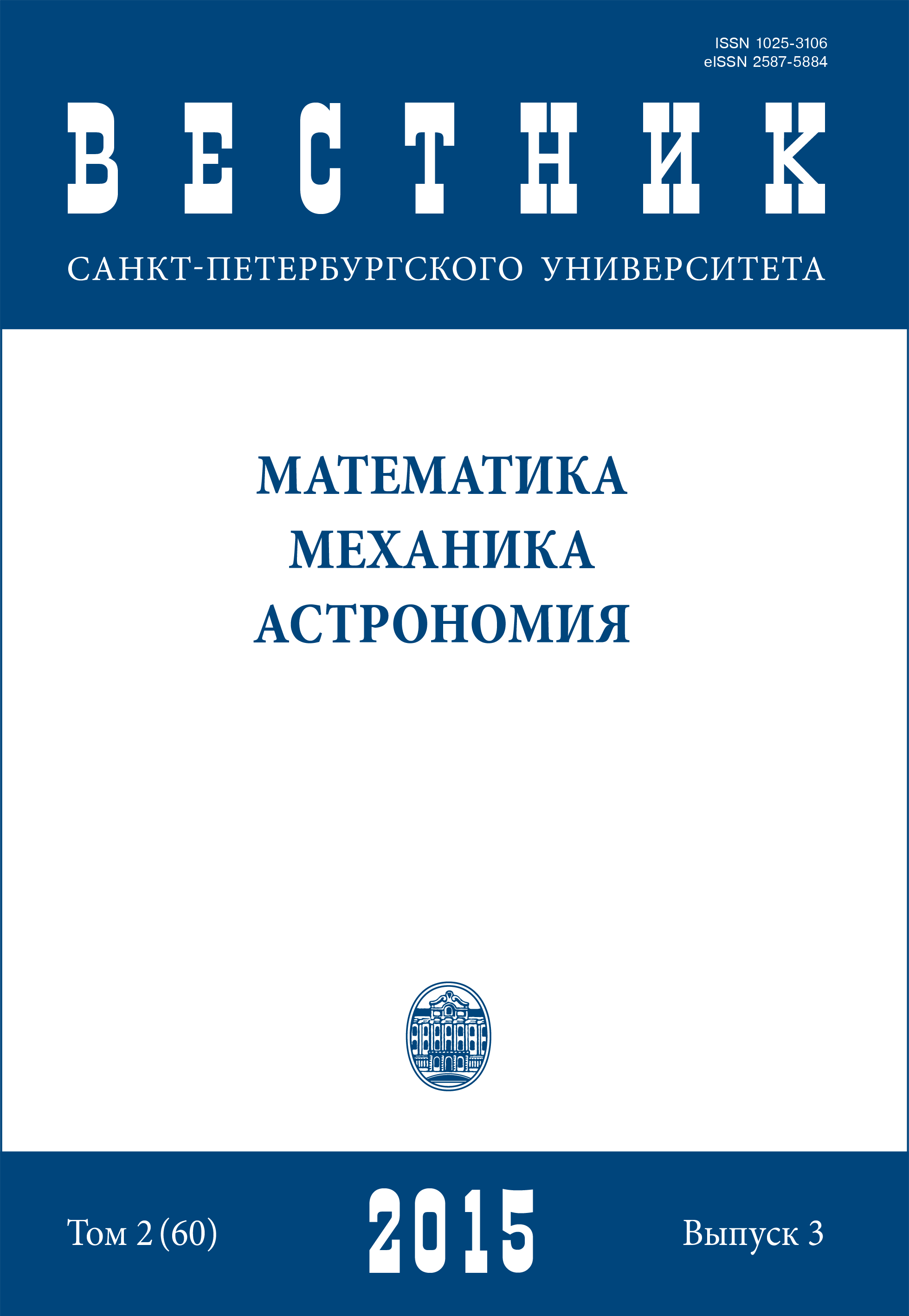Study of geodynamics of boundary zone beetwen Baltic Shield and East European Platform by using GNSS observations
Abstract
The data of 27 permanent GNSS-stations around the Gulf of Finland for 1993-2014 years were used to study the geodynamics of this region. For the first time the data was used from the stations of the Committee on Urban Planning and Architecture of St.Petersburg. The geodynamics of this region is interesting as that of a transition zone between the Baltic Shield and the East European Platform. The PPP strategy of GIPSY 6.3 was used for calculation of station position time series and reduced for atmosphericloadings.Thestation velocities correctedforloading effects were used toassessthe strain field of this region. For these series were obtained velocity field used in the future to evaluate the deformation fieldintheregion.Thestrain field wasestimatedby thealgorithmthatconsidersatpredeterminedpoints the strain tensor as the symmetric part of the velocity gradient. Strain components were found on the basis of Least square method and the smoothing covariance function. Velocity vectors of stations obtained by processing the observations, referred to the Baltic shield, obviously demonstrate a local rotation of the Baltic Shield in the counterclockwise direction with respect to the East-European platform. The strain field has the weak (up to 3 nanostrain/year) compression in direction from north-west to south-east. Refs 14. Figs 2. Tables 1.Keywords:
GNSS, geodynamics, Baltic shield, Euro-Asian plate, Strain field, PPP, GIPSY-OASIS, LSM
Downloads
Downloads
Published
How to Cite
Issue
Section
License
Articles of "Vestnik of Saint Petersburg University. Mathematics. Mechanics. Astronomy" are open access distributed under the terms of the License Agreement with Saint Petersburg State University, which permits to the authors unrestricted distribution and self-archiving free of charge.




